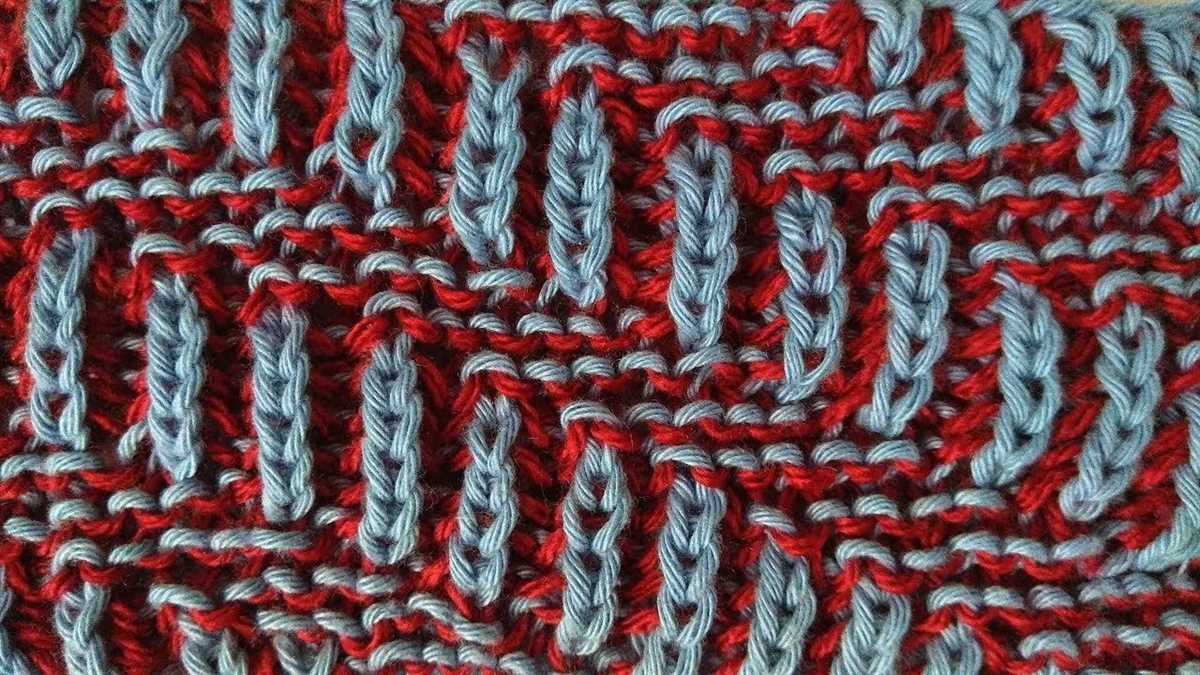
The thermal knit stitch pattern is a popular technique used in knitting to create a thick and cozy fabric. This stitch pattern is often used to make warm winter accessories such as hats, scarves, and sweaters.
The thermal knit stitch pattern is characterized by its lofty texture and excellent insulation properties. It is created by alternating knit and purl stitches in a specific pattern, which creates small bumps on the fabric. These bumps help trap air, making the fabric warmer and more insulated.
One of the great things about the thermal knit stitch pattern is its versatility. It can be used with any weight of yarn and in a variety of projects. The larger the yarn and needles used, the more pronounced the texture will be. Additionally, different color yarns can be used to create interesting and unique designs within the fabric.
What is a Thermal Knit Stitch Pattern?
A thermal knit stitch pattern is a type of textured knitting stitch that creates a raised, waffle-like design. It is commonly used for creating warm and cozy fabrics, perfect for winter garments and accessories. The name “thermal” comes from the insulation properties of the stitch pattern, as the raised areas trap heat and provide extra warmth.
The thermal knit stitch pattern is created by alternating knit and purl stitches in a specific sequence. This sequence creates the textured effect, resembling the thermal waffle fabric. The stitches are usually worked on a smaller needle size to further enhance the textured pattern.
To create a thermal knit stitch pattern, one typically starts with a base row of knit stitches, followed by a row of purl stitches. This sequence is repeated for several rows to create the waffle-like texture. The pattern can be customized by varying the number of knit and purl stitches in each row.
The resulting fabric has great insulating properties and is commonly used for making thermal underwear, socks, and blankets. It provides excellent warmth and comfort, making it ideal for cold weather garments. The unique texture of the thermal knit stitch pattern adds visual interest to the finished piece, creating a cozy and stylish look.
In summary, the thermal knit stitch pattern is a textured knitting technique that creates a raised, waffle-like design. It is popular for making warm and cozy winter garments and accessories, thanks to its excellent insulation properties. The pattern consists of alternating knit and purl stitches in a specific sequence, resulting in a unique and visually appealing fabric.
History of Thermal Knit Stitch Pattern
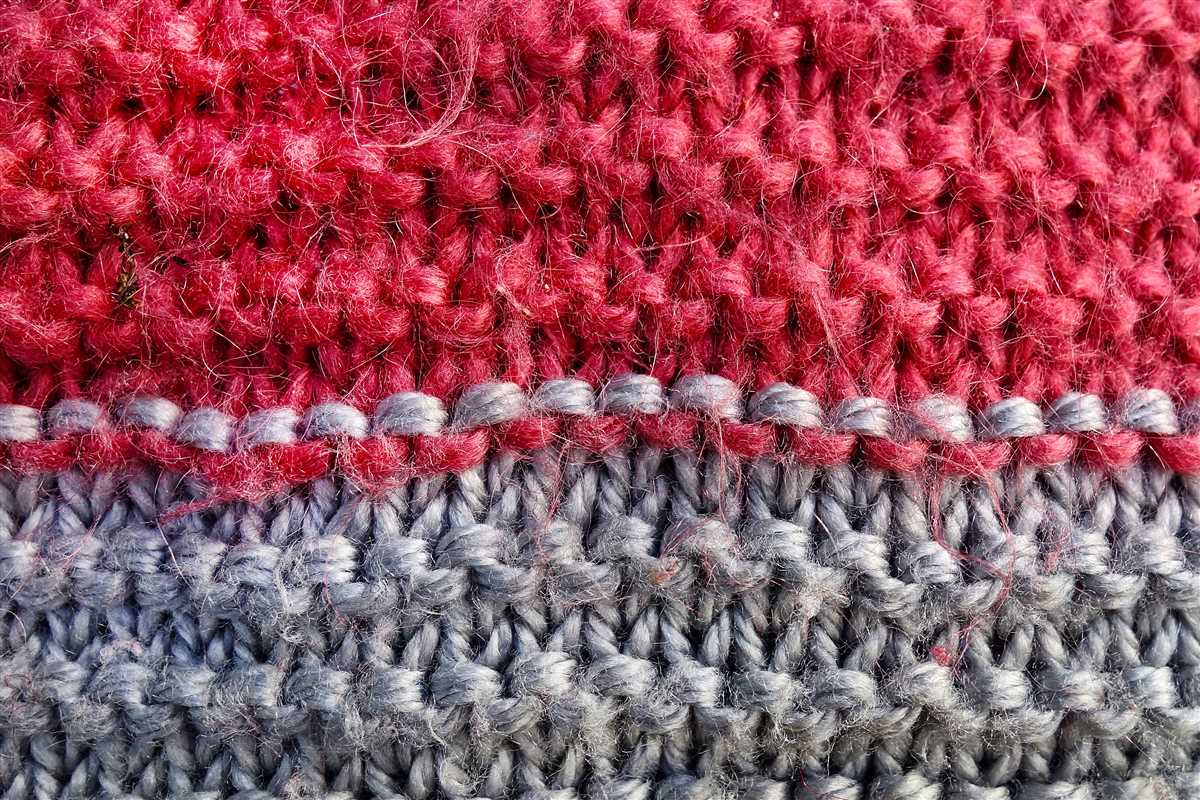
The thermal knit stitch pattern, also known as waffle stitch or thermal stitch, has a rich history that dates back to the early days of knitting. This pattern is characterized by its unique texture, which resembles a woven thermal fabric. It is created by alternating between knit and purl stitches, creating a raised, three-dimensional surface.
The origins of the thermal knit stitch pattern can be traced back to the 19th century when it was widely used for creating thermal clothing. The textured pattern helped trap heat and provide insulation, making it ideal for cold weather garments. The knit and purl stitches created air pockets, which enhanced the fabric’s thermal properties.
Over the years, the thermal knit stitch pattern gained popularity not only for its functionality but also for its aesthetic appeal. The textured surface added visual interest to knitted items, making them more visually appealing. It was also used in various designs, such as scarves, hats, and blankets.
Today, the thermal knit stitch pattern continues to be a popular choice among knitters, both for its practical and decorative purposes. It is often used in cozy winter garments, such as sweaters and socks, as well as for home decor items like pillows and throws. The versatility and timeless appeal of the thermal knit stitch pattern ensure that it will remain a staple in the knitting world for years to come.
How to Knit a Thermal Stitch Pattern
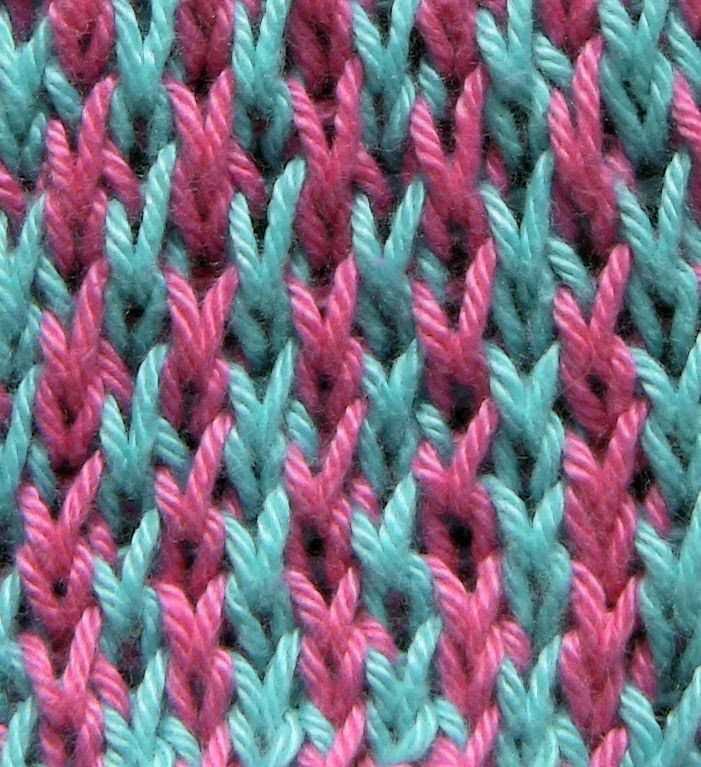
Knitting is a wonderful craft that allows you to create beautiful and cozy items. If you’re looking to add some extra warmth and insulation to your knitting projects, then the thermal stitch pattern is perfect for you. This stitch pattern creates a textured fabric that traps heat and provides extra insulation, making it ideal for hats, scarves, and blankets.
To knit the thermal stitch pattern, you will need a basic knowledge of knitting techniques such as casting on, knitting, purling, and binding off. The stitch pattern itself is quite simple and easy to memorize, making it a great option for beginners and experienced knitters alike.
To start knitting the thermal stitch pattern, you will need to cast on an even number of stitches. Once you have your stitches cast on, begin by knitting the first row. Then, for the second row, purl every stitch. Repeat these two rows until you have achieved the desired length.
The thermal stitch pattern creates a raised, textured fabric that resembles small waffle-like squares. The alternating knit and purl stitches create a pattern that traps air, providing additional insulation and warmth. This makes the thermal stitch pattern perfect for winter accessories such as hats and scarves, as well as cozy blankets and throws.
When knitting with the thermal stitch pattern, it’s important to keep a loose tension to allow the fabric to expand and create the characteristic texture. Additionally, using a chunky or bulky weight yarn can enhance the thermal properties of the fabric and create an even cozier result.
In conclusion, knitting a thermal stitch pattern is a great way to add extra warmth and insulation to your projects. Whether you’re knitting a cozy hat, scarf, or blanket, this stitch pattern is simple to learn and creates a beautiful textured fabric. Give it a try and enjoy the added warmth in your handknits.
Tips and Tricks for Knitting the Thermal Stitch Pattern
The thermal stitch pattern is a popular choice for creating warm and cozy knitted items. With its unique texture and insulating properties, it is perfect for hats, scarves, and blankets. However, mastering this stitch pattern requires some tips and tricks to ensure success.
Choose the Right Yarn
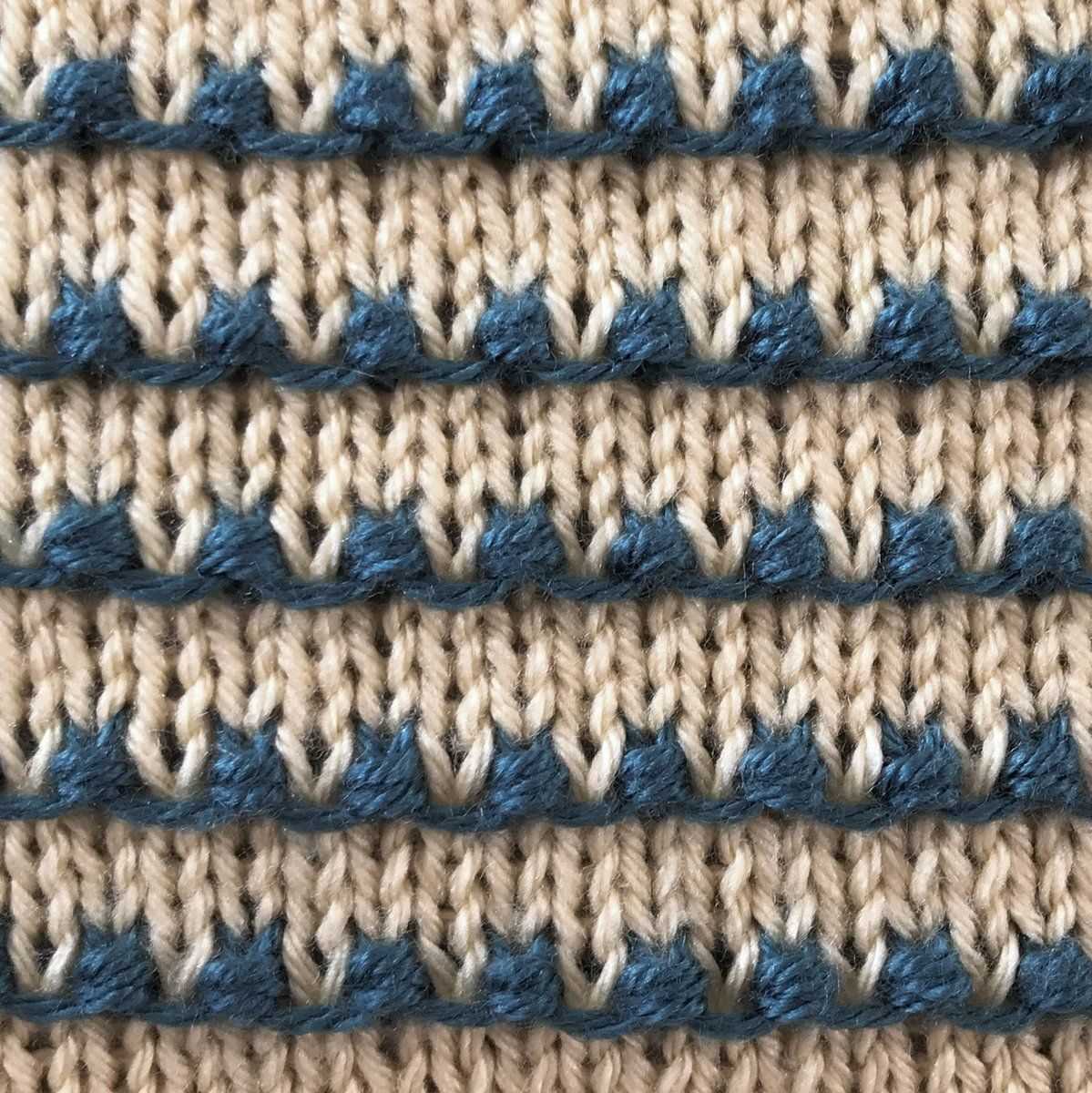
For the thermal stitch pattern, it is important to use a bulky or chunky weight yarn. This will help to enhance the textured effect of the stitch pattern and create a thicker and warmer finished item. Opt for yarns made of natural fibers such as wool or alpaca, as they tend to retain heat better.
Use the Right Needles
When knitting the thermal stitch pattern, it is recommended to use larger needles than what is usually recommended for the yarn weight. This will create a looser and more open stitch pattern, allowing for better insulation. Experiment with different needle sizes to achieve the desired texture and drape.
Pay Attention to Your Tension
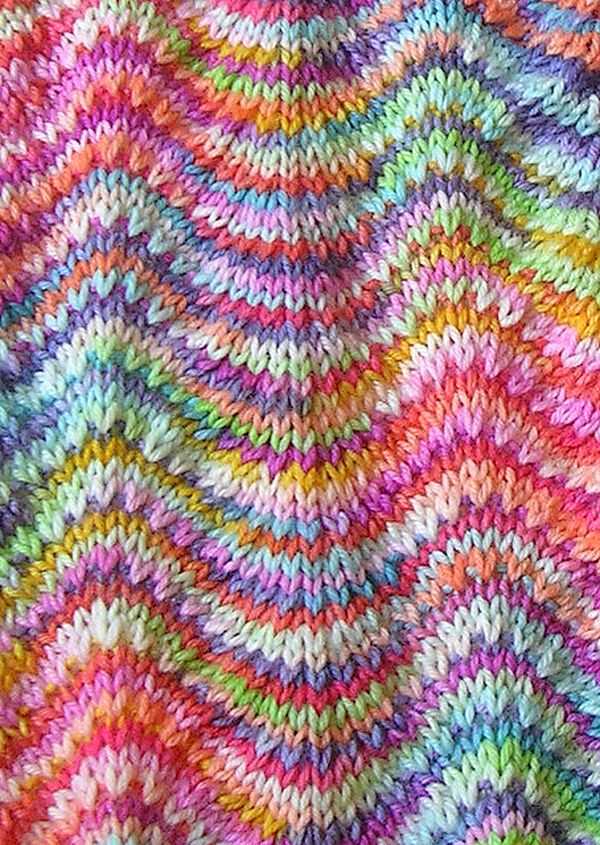
The thermal stitch pattern is known for its bulky and textured look. To achieve this, it is important to knit with a looser tension than you would for other stitch patterns. Be mindful of your tension and adjust it accordingly to ensure that the stitches are not too tight or too loose.
Practice Your Purls
The thermal stitch pattern involves alternating knit stitches with purl stitches. While the knit stitches are fairly straightforward, mastering the purl stitches is essential for achieving the textured effect. Practice your purls to ensure they are even and consistent, as any inconsistencies will be more noticeable in this stitch pattern.
Block Your Finished Item
After completing your knitted project in the thermal stitch pattern, consider blocking it to even out the stitches and enhance the texture. Blocking can help to open up the stitches and give the finished item a more polished look. Follow the recommended blocking instructions for your chosen yarn.
With these tips and tricks, you will be well on your way to knitting the thermal stitch pattern with confidence. Enjoy the process and create beautiful and cozy items that will keep you warm throughout the colder months.
Common Mistakes to Avoid when Knitting Thermal Stitches
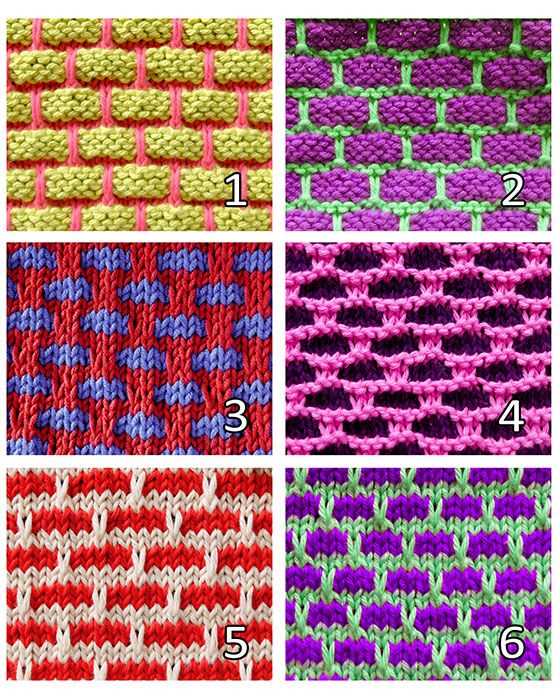
Knitting thermal stitches can be a fun and rewarding project, but it’s important to be aware of common mistakes that can arise. By being aware of these pitfalls, you can ensure a smoother knitting process and a higher quality finished product.
1. Incorrect Gauge
One of the most common mistakes made when knitting thermal stitches is not checking the gauge properly. The thermal knit stitch pattern relies on a specific gauge to create the desired texture. Therefore, it is crucial to swatch and measure your gauge before starting the project. Failing to do so may result in a garment that doesn’t fit as intended or that has an uneven texture.
2. Uneven Tension
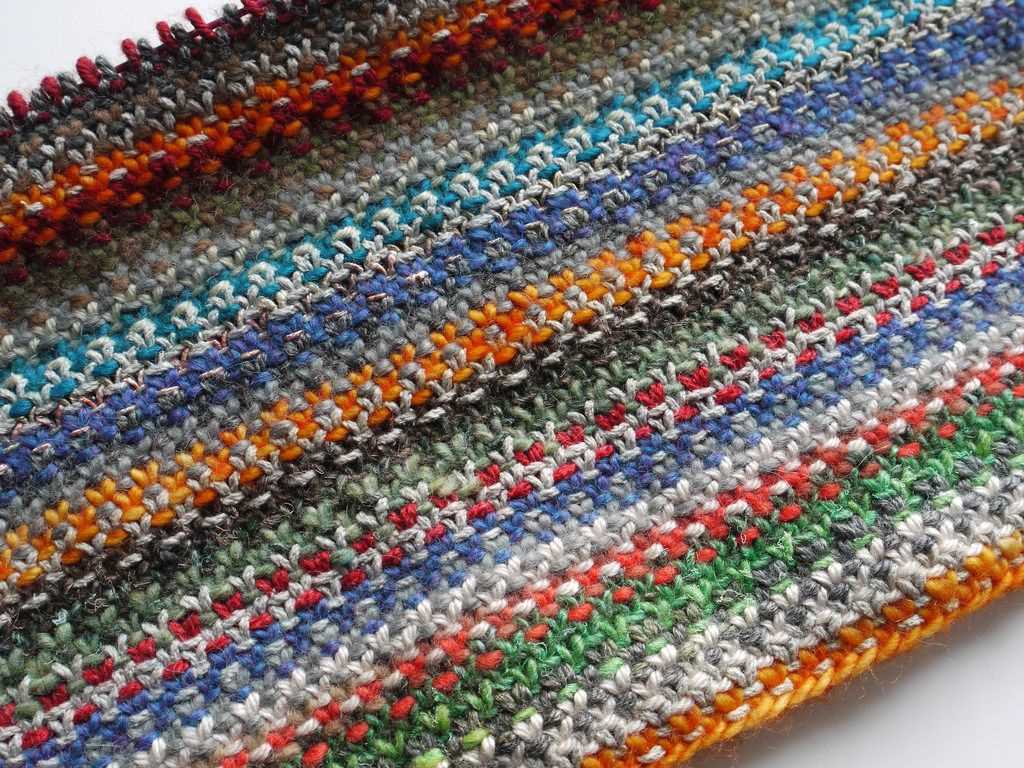
Another mistake to avoid is knitting with uneven tension. The thermal stitch pattern requires consistent tension throughout the project to maintain the desired texture. Be mindful of your tension while knitting and try to keep it consistent. Pay attention to how tightly or loosely you are knitting, and make any necessary adjustments to ensure an even and uniform texture.
3. Skipping or Misinterpreting Pattern Instructions
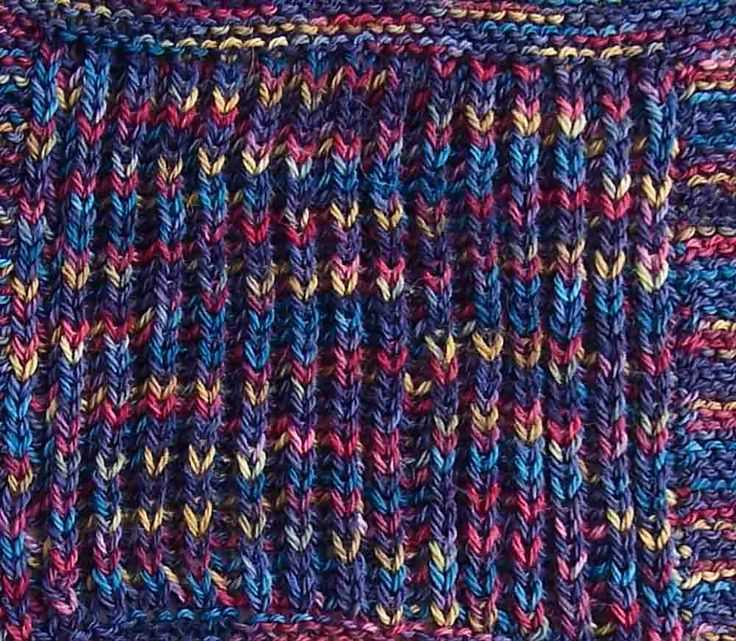
Following the pattern instructions is crucial when knitting thermal stitches. Skipping or misinterpreting even a single step can result in a flawed finished product. Take the time to read and understand the instructions before you begin knitting. If you come across any unfamiliar abbreviations or techniques, refer to a knitting glossary or seek clarification from experienced knitters.
4. Neglecting to Block the Finished Piece
Blocking is an important step in knitting thermal stitches that should not be overlooked. Blocking helps to even out any irregularities in the stitches and enhances the overall appearance of the finished piece. Follow the blocking instructions provided in the pattern to ensure optimal results. Neglecting to block the finished piece may result in a less polished and professional-looking garment.
5. Not Using the Right Yarn
Choosing the right yarn for your thermal stitch project is essential. The wrong yarn can affect the drape, texture, and overall appearance of the finished piece. Look for a yarn that is suitable for the thermal stitch pattern, such as a bulky or worsted weight yarn. Additionally, consider the fiber content, as certain fibers may work better with this specific stitch pattern.
By avoiding these common mistakes, you can improve your knitting skills, create a beautiful thermal stitch project, and enjoy the tactile and cozy texture of this unique stitch pattern.
Advantages and Benefits of Using the Thermal Knit Stitch Pattern
The thermal knit stitch pattern offers several advantages and benefits, making it a popular choice for various types of clothing and accessories. This unique pattern is characterized by its thermal properties, which help to create an extra layer of warmth and insulation. Here are some key advantages of using the thermal knit stitch pattern:
1. Increased warmth and insulation
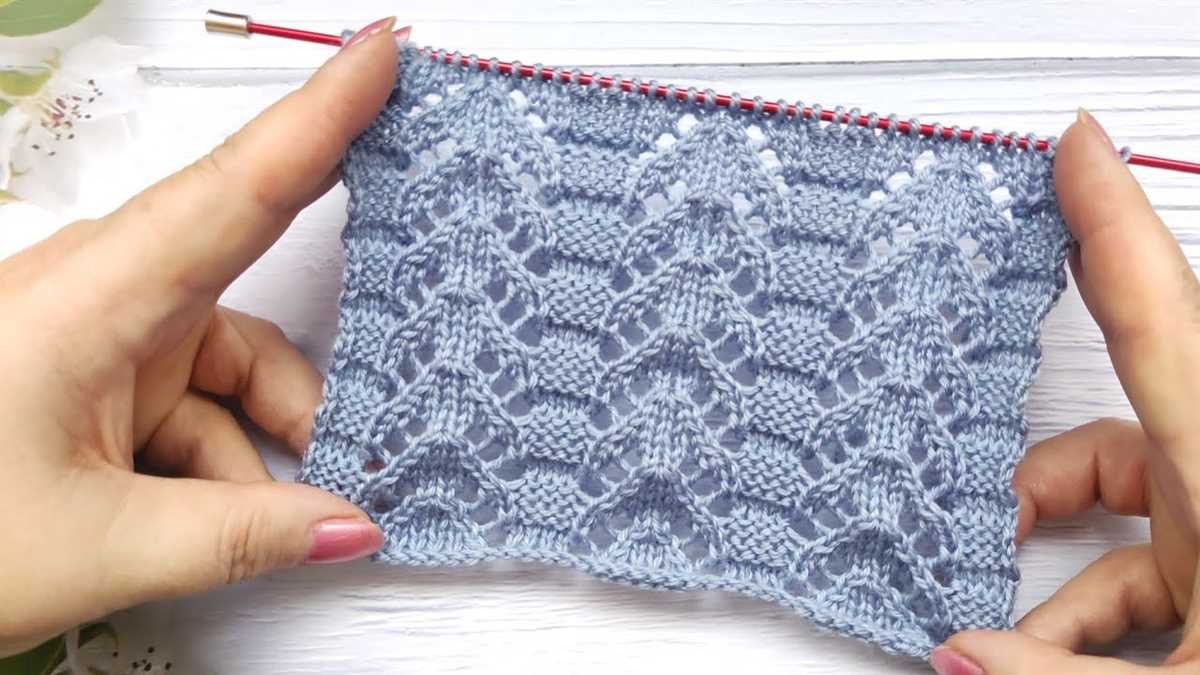
The thermal knit stitch pattern is designed to trap and retain heat, making it an excellent choice for cold weather garments. The texture formed by the stitch pattern creates small pockets of air, which act as insulation and help to keep the body warm. This is particularly beneficial in regions with harsh winters or for individuals who are sensitive to cold temperatures.
2. Breathability and moisture-wicking
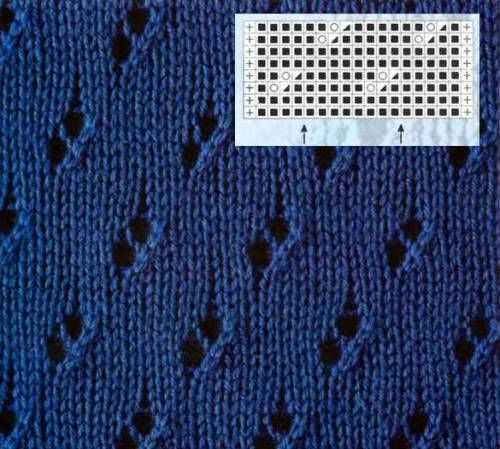
Despite its insulating properties, the thermal knit stitch pattern also offers excellent breathability. The texture of the pattern allows air to circulate, preventing overheating and excessive sweating. Additionally, the knit fabric is known for its moisture-wicking capabilities, meaning it can absorb and evaporate sweat quickly. This makes it suitable for active wear and outdoor activities where temperature regulation is essential.
3. Versatile and stylish
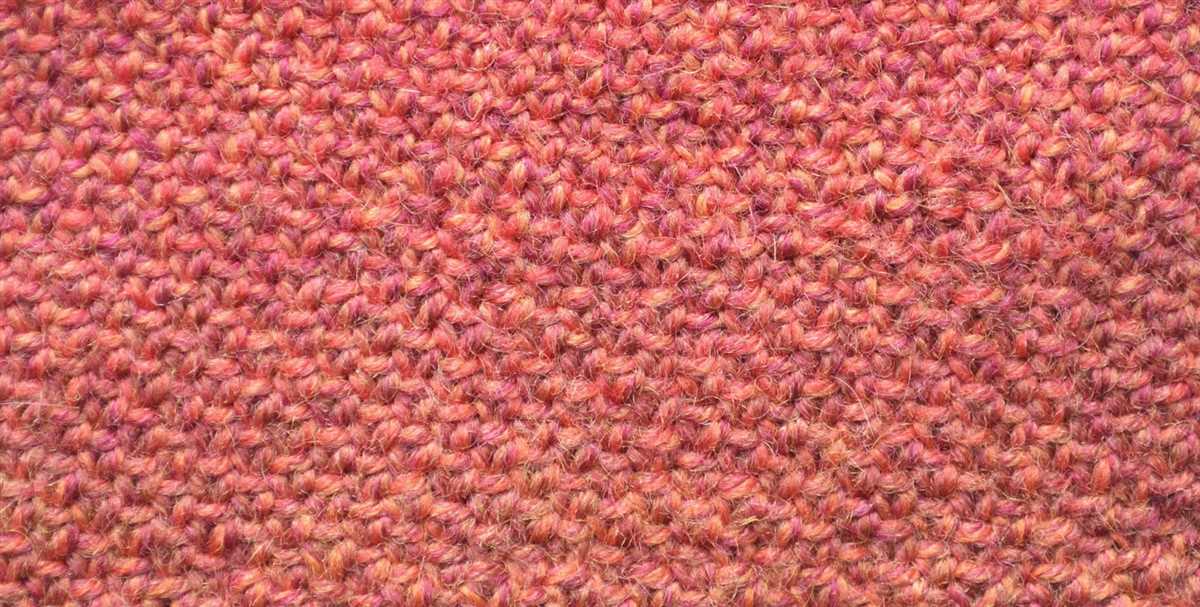
The thermal knit stitch pattern is not only functional but also versatile and stylish. It can be used to create a wide range of clothing items, such as sweaters, scarves, hats, and gloves. The unique texture of the stitch pattern adds visual interest to the fabric, giving it a cozy and textured appearance. Whether used as the main fabric or in combination with other stitch patterns, the thermal knit stitch pattern adds depth and dimension to any design.
4. Durability and longevity
Knitted fabrics created using the thermal knit stitch pattern are known for their durability and longevity. The tightness and structure of the stitches make them resistant to stretching and wear. This means that garments made with this stitch pattern can withstand frequent use and retain their shape and quality over time. This makes the thermal knit stitch pattern a cost-effective choice as it ensures that the garment will last for years to come.
In conclusion, the thermal knit stitch pattern offers numerous advantages and benefits, including increased warmth and insulation, breathability and moisture-wicking properties, versatility and style, as well as durability and longevity. Whether you’re looking for a cozy sweater or functional winter accessories, the thermal knit stitch pattern is a reliable and versatile option.
Variations of the Thermal Knit Stitch Pattern
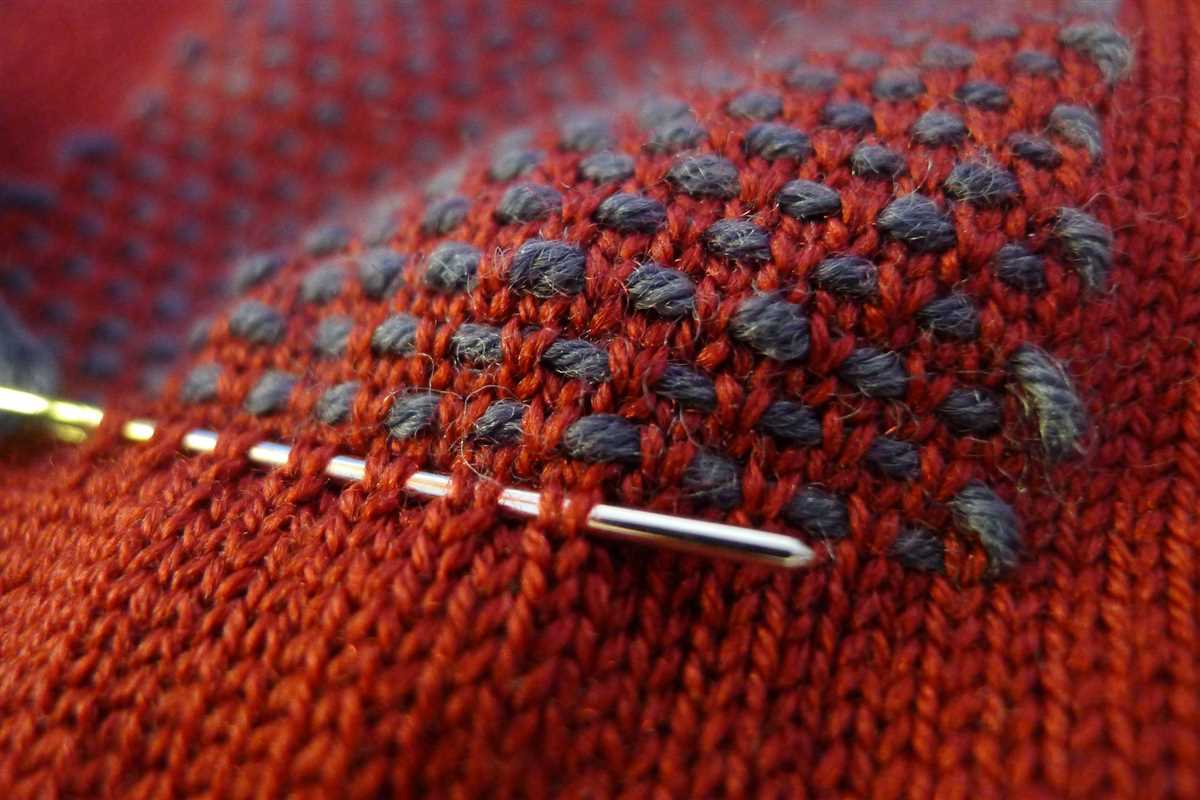
The thermal knit stitch pattern is a popular choice among knitters for its textured and insulating properties. The basic thermal knit stitch pattern is created by alternating knit stitches and purl stitches. However, there are several variations of this pattern that can add even more interest and complexity to your knitting projects.
1. Seed Stitch Thermal Pattern
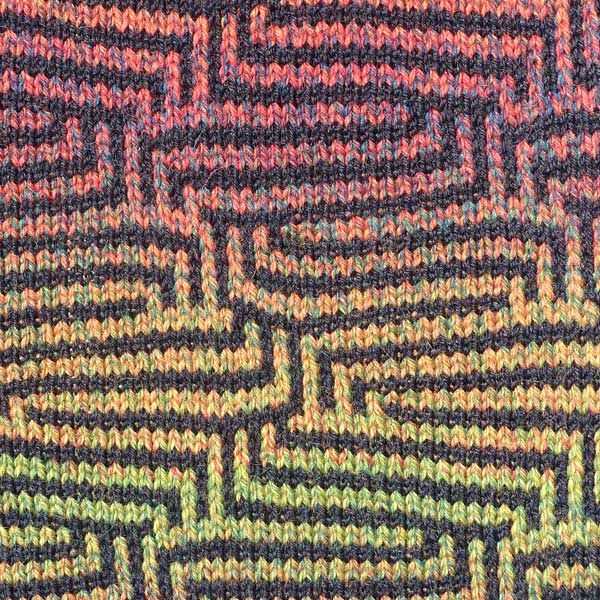
The seed stitch thermal pattern is a variation that adds an extra layer of texture to the fabric. In this pattern, instead of simply alternating knit and purl stitches, you alternate between knit and purl stitches in a specific order. For example, you might knit one stitch, purl one stitch, and then repeat this sequence across the row. This creates a “seed” or “bumpy” texture that adds visual interest to the fabric.
2. Cable Thermal Pattern
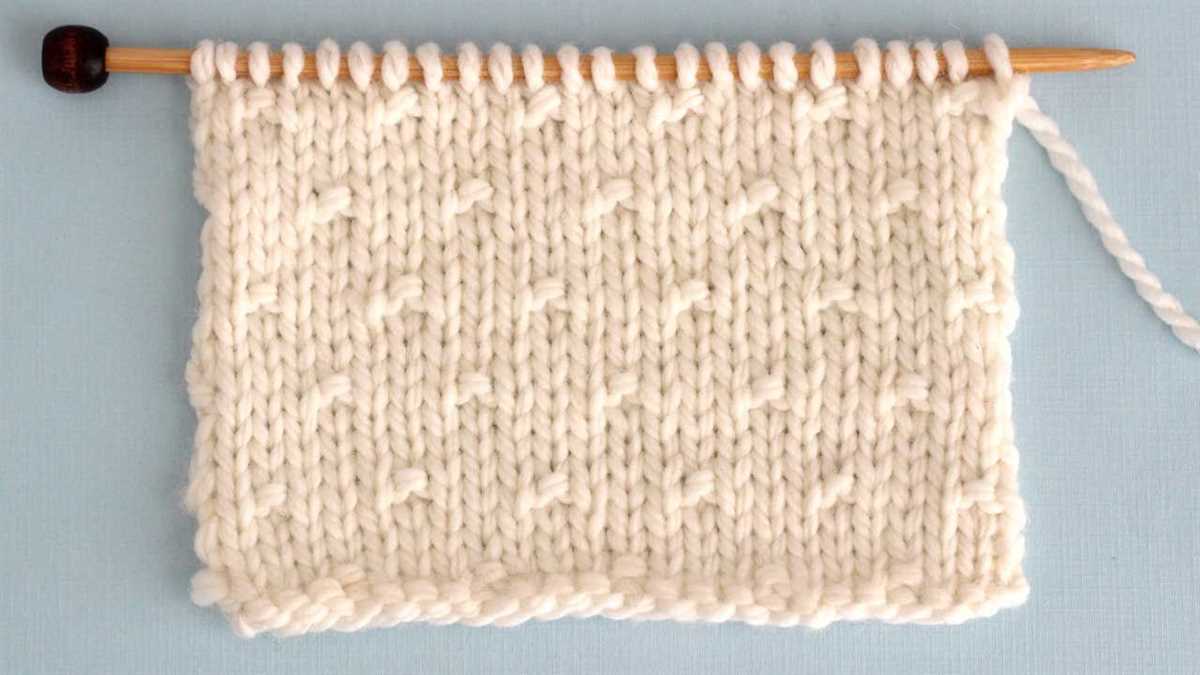
The cable thermal pattern takes the texture of the basic thermal stitch and elevates it to the next level. In this variation, you incorporate cable stitches into the pattern. This involves crossing groups of stitches over each other, creating a twisted or braided effect. The cables can be simple or more intricate, depending on your preferences and skill level. The addition of cables adds depth and dimension to the fabric, making it a great choice for sweaters, scarves, and other cozy garments.
3. Ribbed Thermal Pattern
The ribbed thermal pattern combines the thermal stitch with ribbing, commonly seen in more traditional knitting patterns. Ribbing is created by alternating knit and purl stitches in a specific sequence, usually 1×1 or 2×2. By incorporating ribbing into the thermal stitch, you create a fabric that has more stretch and elasticity. This makes it a great choice for garments that need to fit snugly, such as hats or socks.
These are just a few examples of the variations you can create using the thermal knit stitch pattern. By experimenting with different stitch combinations and textures, you can customize your knitting projects and create unique and beautiful pieces.
Projects and Designs Using Thermal Knit Stitch Pattern
The thermal knit stitch pattern is a popular choice among knitters for its unique texture and excellent warmth. This pattern, also known as the waffle stitch, creates a fabric that has a three-dimensional, grid-like appearance. The raised sections of the pattern trap air, making it an ideal choice for cold-weather accessories and garments.
One popular project using the thermal knit stitch pattern is a cozy blanket. The texture of the waffle stitch adds an extra layer of warmth to the blanket, making it perfect for curling up on the couch during chilly evenings. The blanket can be made in any size, from a small lap blanket to a large throw, and can be customized with different yarn colors to suit any home decor.
Another project that showcases the beauty of the thermal knit stitch pattern is a pair of fingerless gloves. These gloves are perfect for keeping your hands warm while still allowing you to use your fingers freely. The waffle texture of the gloves gives them a unique and stylish look, and they can be made with either a solid color or a combination of different colors for a more playful effect.
If you’re looking for a smaller project, consider making a thermal knit stitch headband or ear warmer. These accessories are quick to knit and are an excellent choice for keeping your ears warm on cold winter days. The texture of the waffle stitch adds a touch of elegance to these simple accessories, making them a stylish addition to any winter outfit.
In conclusion, the thermal knit stitch pattern offers endless possibilities for creating warm and stylish projects. Whether you’re making a blanket, gloves, or accessories, the unique texture of the waffle stitch will add an extra layer of warmth and style to your creations. So grab your knitting needles and get started on your next project using the thermal knit stitch pattern!
Frequently Asked Questions about Thermal Knit Stitch Pattern
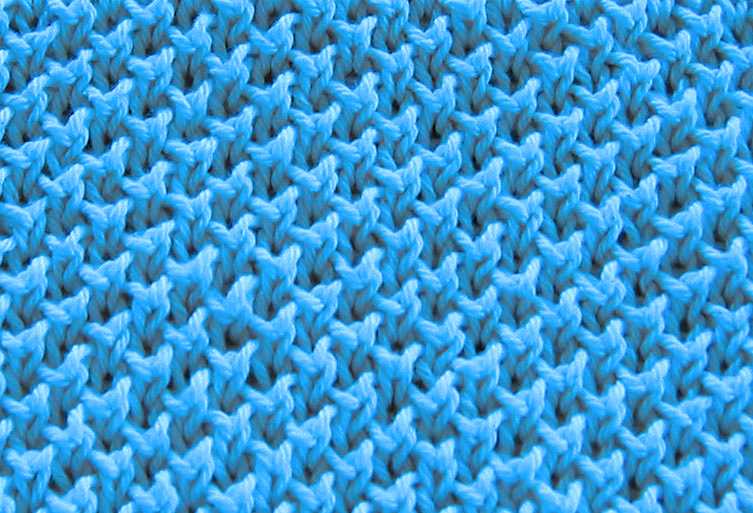
Thank you for reading our guide on the thermal knit stitch pattern! Here are some frequently asked questions and answers to help clarify any remaining doubts you may have.
1. Can I use the thermal knit stitch pattern for any project?
Yes, you can use the thermal knit stitch pattern for a variety of projects. It works well for sweaters, scarves, hats, blankets, and more. The ribbed texture created by the pattern provides extra insulation and warmth, making it perfect for cold-weather garments.
2. How do I make the thermal knit stitch pattern?
To make the thermal knit stitch pattern, you will need to alternate between knit and purl stitches. The pattern typically involves knitting two stitches together, purling two stitches, and repeating this pattern across the row. You can find detailed instructions and tutorials online to guide you through the process.
3. Can I modify the thermal knit stitch pattern?
Yes, you can modify the thermal knit stitch pattern to suit your preferences. You can adjust the number of stitches in each repeat, experiment with different stitch combinations, or even incorporate other stitch patterns into the design. Feel free to get creative and make the pattern your own!
4. What type of yarn is best for the thermal knit stitch pattern?
The thermal knit stitch pattern looks great with a variety of yarns, but it tends to shine with bulky or chunky yarn. The thicker yarn creates more defined texture and enhances the thermal properties of the stitch pattern. However, you can still achieve a similar effect with thinner yarn by using smaller needles and adding more repeats of the pattern.
5. Can I use the thermal knit stitch pattern for summer projects?
While the thermal knit stitch pattern is known for its warmth, it can also be used for summer projects. By using a lighter-weight yarn and adjusting the stitch count, you can create a more breathable and lightweight fabric. Consider using the pattern for lightweight tops, shawls, or even summer throws.
We hope these frequently asked questions have provided helpful information about the thermal knit stitch pattern. Enjoy experimenting with this versatile stitch pattern and creating cozy and stylish projects!